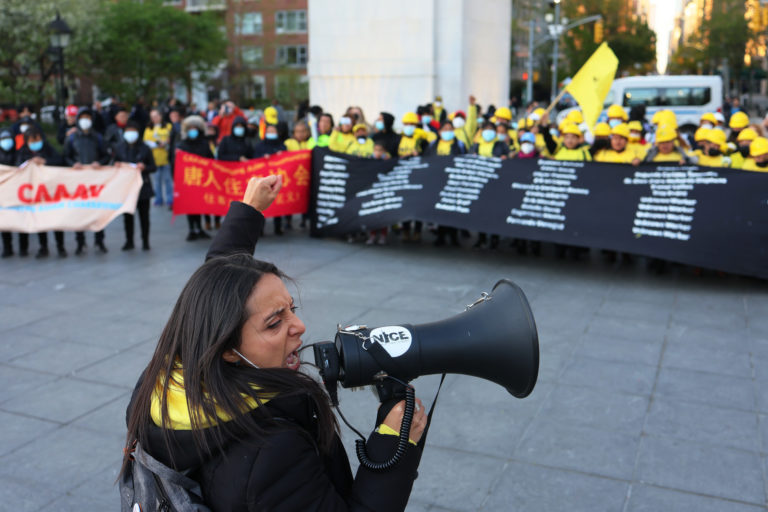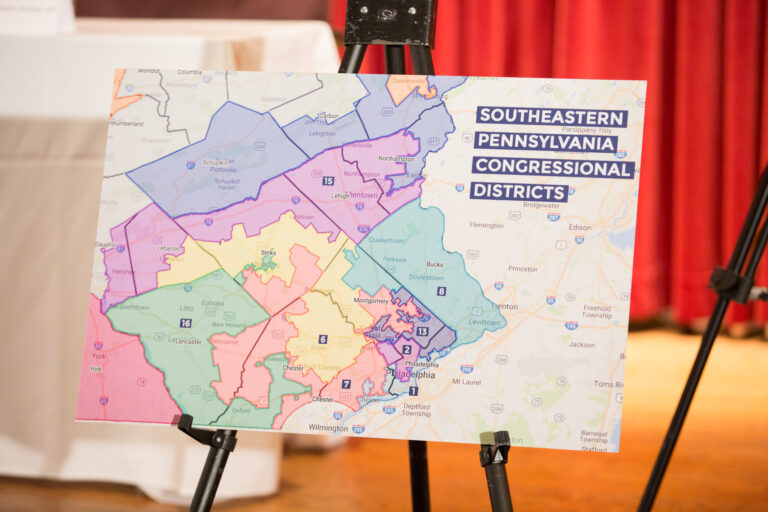Deanna Krokos is a student at Harvard Law School
The New York Times published a piece this week reviewing the re-emergence of a conversation about compensating unpaid domestic labor. While showcasing certain policy proposals by campaigning Democratic candidates, it traces the roots of these ideas to both the early-20th-century progressive era and the women’s movement in the 1970s. Among the ideas discussed are plans to extend the Earned Income Tax Credit to at-home care providers, allowing at-home parents to accrue working credit toward Social Security, and direct per-child cash-payments to lighten the load.
The last idea was proposed by Colorado Senator Michael Bennet in his American Family Act of 2019, which would provide between monthly payments of $250 and $300 per child, creating a steady and supportive income source that lets families make their own choices. The piece pays particular attention to the rising cost of childcare that often nearly erases the gains promised by two-income households. The proposals discussed aim to provide some stability and security to families, whichever option they choose.
NYT also published a piece outlining different profiles of Americans in the “middle class” that described the growing insecurity and stresses placed on working families. The piece emphasized the difficulties of near absent wage growth alongside rising costs and the lack of social benefits to ease the burden. Families were profiled for their monthly income, hours worked, and access to health insurance or retirement savings programs. Each provided subjective accounts of what it means to get by. Writers Kari Russell and Tara Siegal Barnard highlight: the increasing cost of necessities like housing, childcare or education and the policy failures that have only intensified these burdens. With more stresses and less security, the piece consistently highlighted the “stress” of middle-class existence.
More media workers have called for unionization this week. Employees at both The Miami Herald and Philadelphia’s public media station WHYY have announced their commitment to unionizing their workplaces. The WHYY workers tweeted that they have asked for voluntary recognition, a pathway to unionization that is quicker and less adversarial than an NLRB election. The station’s statements have not been responsive on that question.
Voluntary recognition was denied Herald workers in an email from leadership that made clear the newspaper would require workers to go through the NLRB process. Over the past decade following the Herald’s sale to McClatchy, a media conglomerate, the newsroom has seen several cuts, a relocation, and layoffs.
The past 2 years have been a watershed moment for media unionization, driven by what many believe are insufficient wages and a lack of job security faced by workers in the industry.






Daily News & Commentary
Start your day with our roundup of the latest labor developments. See all
December 18
New Jersey adopts disparate impact rules; Teamsters oppose railroad merger; court pauses more shutdown layoffs.
December 17
The TSA suspends a labor union representing 47,000 officers for a second time; the Trump administration seeks to recruit over 1,000 artificial intelligence experts to the federal workforce; and the New York Times reports on the tumultuous changes that U.S. labor relations has seen over the past year.
December 16
Second Circuit affirms dismissal of former collegiate athletes’ antitrust suit; UPS will invest $120 million in truck-unloading robots; Sharon Block argues there are reasons for optimism about labor’s future.
December 15
Advocating a private right of action for the NLRA, 11th Circuit criticizes McDonnell Douglas, Congress considers amending WARN Act.
December 12
OH vetoes bill weakening child labor protections; UT repeals public-sector bargaining ban; SCOTUS takes up case on post-arbitration award jurisdiction
December 11
House forces a vote on the “Protect America’s Workforce Act;” arguments on Trump’s executive order nullifying collective bargaining rights; and Penn State file a petition to form a union.